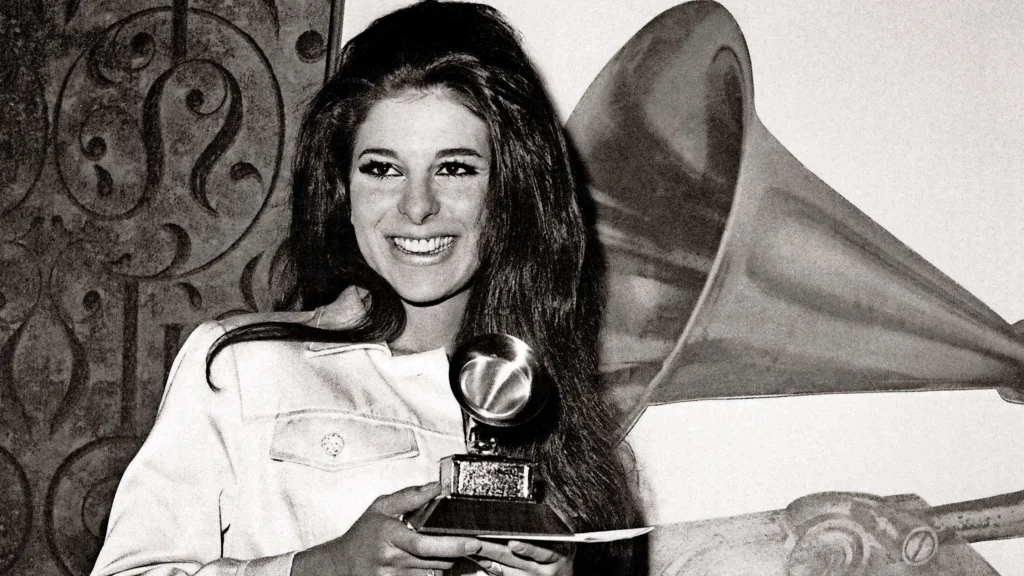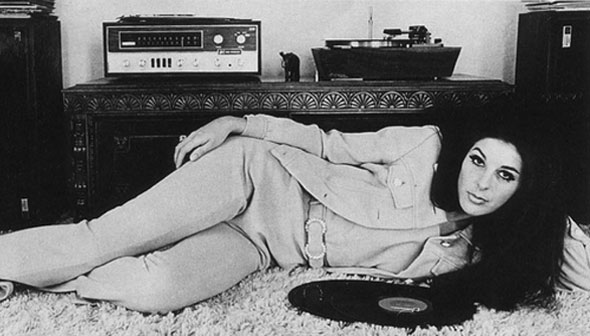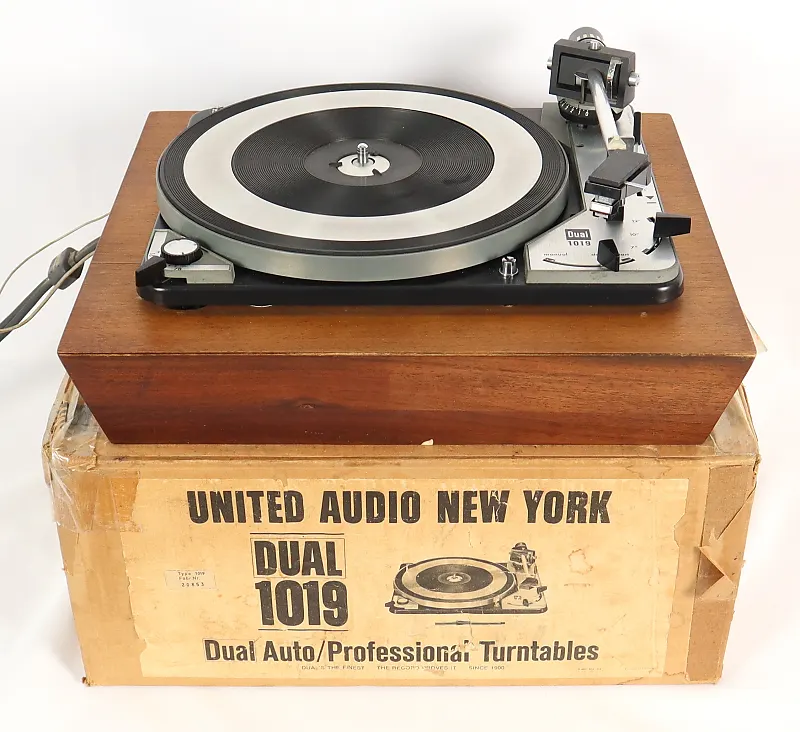Celebrity System
Bobbie Gentry
Bobbie Gentry is an American singer-songwriter best known for her 1967 hit “Ode to Billie Joe,” which helped to pioneer the country-pop crossover genre. Born Roberta Lee Streeter in rural Mississippi, her life story is as captivating as her music. Emerging in the late 1960s, Gentry quickly captured audiences with her distinctive blend of country, pop, and soul. Her breakthrough came with “Ode to Billie Joe,” a song that painted a vivid picture of Southern life while leaving listeners pondering the mysterious fate of Billie Joe McAllister. The song soared to the top of the charts and earned Gentry two Grammy Awards, launching her to stardom.

Her career ended rather mysteriously, as she gradually withdrew from public life in the late 1970s and chose to live in seclusion. She released her last album “Patchwork” in 1971 and continued performing until the early 1980s, after which she retired from the music industry entirely.

Here’s a photo, likely taken around 1969, showing Gentry relaxing on the floor in front of an excellent Hi-Fi system.

Bobbie Gentry’s System
Bobbie Gentry’s Hi-Fi system consists of:
- Fisher 700-T stereo receiver
- Dual 1019 record changer
- Fisher “XP” series floorstanding speakers
The Fisher 700-T was one of the first to utilize solid-state transistors instead of vacuum tubes, marking a significant technological shift in audio equipment. Known for its elegant design, the 700-T offered 32 watts per channel, delivering clear and powerful sound with a frequency response of 20 Hz to 20 kHz.

The Dual 1019 was a renowned turntable produced in the 1960s. Known for its precision engineering and robust construction, the 1019 featured a heavy platter for excellent speed stability and reduced vibrations. It was equipped with a four-pole synchronous motor and a dynamically balanced tonearm that offered adjustable tracking force and anti-skate control for improved sound quality.

Fisher XP speakers were produced in the 1960s and 70s and were known for their warm, rich sound and classic design. These speakers featured a three-way configuration, typically including a 12-inch woofer for deep bass, a midrange driver for clear vocals, and a tweeter for crisp highs.
